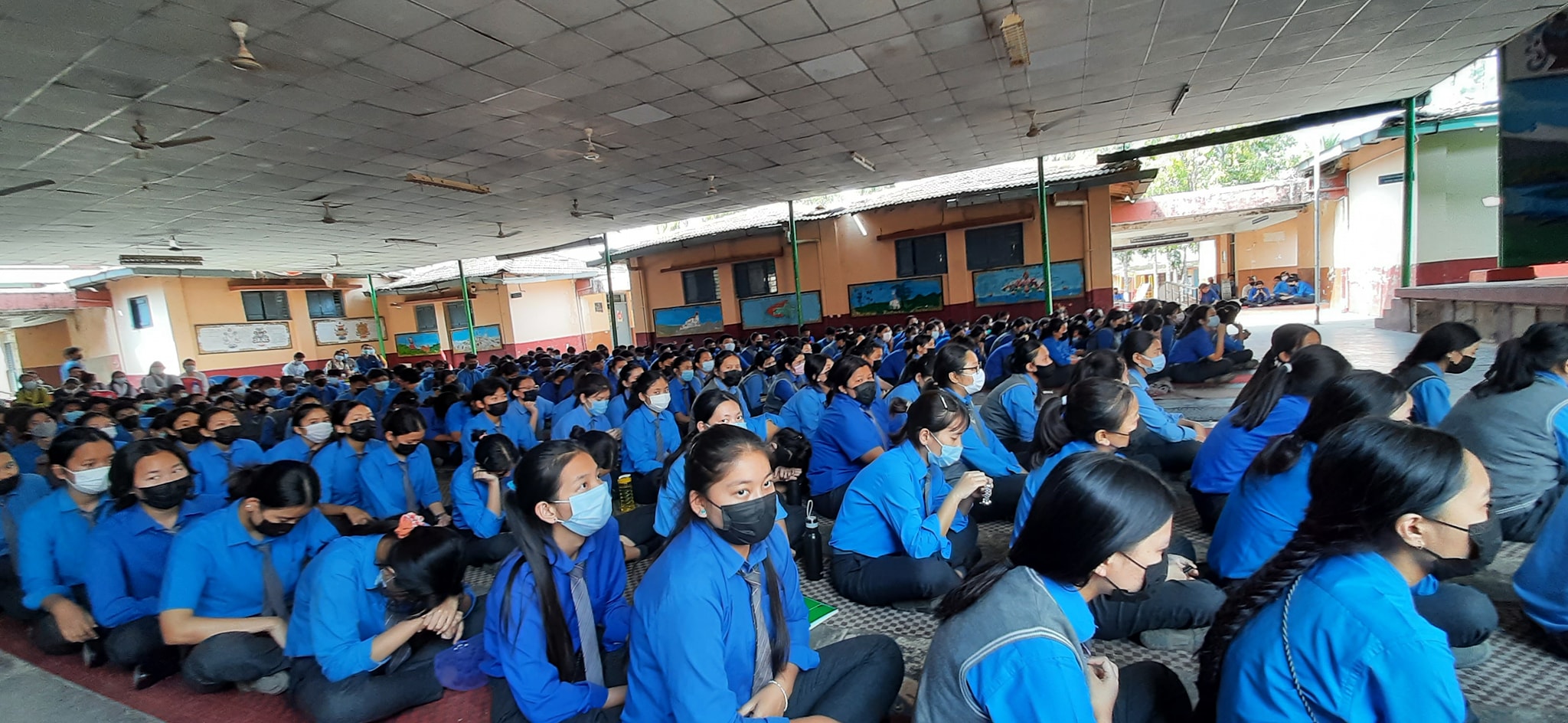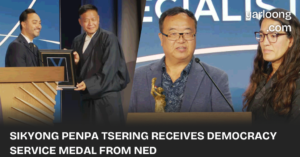
This year, the Central Tibetan Schools Administration (CTSA) celebrated an impressive 99.23% pass rate in the CBSE Class XII exams. It’s a significant achievement, especially considering the challenging educational landscape over the past few years.
Key figures from the Tibetan education community have shared how they managed to reach such high standards, attributing much of their success to innovative educational strategies and strong community involvement.
Tenzin Nagdon, the Deputy Director of Academic at the Sambhota Tibetan Schools Society (STSS), explained how the schools have been thriving since they came under the umbrella of the STSS, managed by the Department of Education of the Central Tibetan Administration. He mentioned that since 1999, when the schools transitioned to this new management, there’s been a consistent push towards improving educational quality.
“The support from the Department of Education has been instrumental. They’ve not only provided funds but also implemented policies that ensure we’re accountable and that we’re always striving to do better,” said Nagdon in a discussion with Education Times.
ALSO READ: Tibetan Schools Outshine JNVs and KVs with Stellar Performance in CBSE Class 12 Results
Sonam Palkey, Principal of Sambhota Tibetan School in Herbetpur, Dehradun, highlighted the community-focused approach of the schools. With a perfect pass rate of 100%, her school stands out as a prime example of what can be achieved.
“We’ve received tremendous backing from the Department of Education in Dharamsala, which has helped us set up career counseling sessions and remedial classes. We also have extended coaching for students who need extra help and leadership training for both students and teachers,” Palkey shared.
Namgyal Yemphel, Principal of Sambhota Tibetan School in Mundgod, talked about the tailored coaching programs they run, specially designed for senior students. “Our success in recent years can be largely credited to the special funding we receive for coaching programs aimed at students in Classes XI and XII. The Department of Education has also been fantastic in organizing workshops that help our teachers prepare for instructional leadership and develop their teaching skills,” Yemphel told Education Times.
It’s clear from these insights that the Tibetan schools’ approach goes beyond just teaching to test. They’re about building a community that supports every student and teacher. They integrate traditional Tibetan culture and values with modern education techniques, making learning a rich, holistic experience that respects their heritage while preparing students for the future.
As Tibetan schools continue to set high standards, they serve as a model for educational success that balances academic excellence with cultural and community integration. It’s a formula that seems to be working exceptionally well, judging by the results and the positive feedback from everyone involved.






